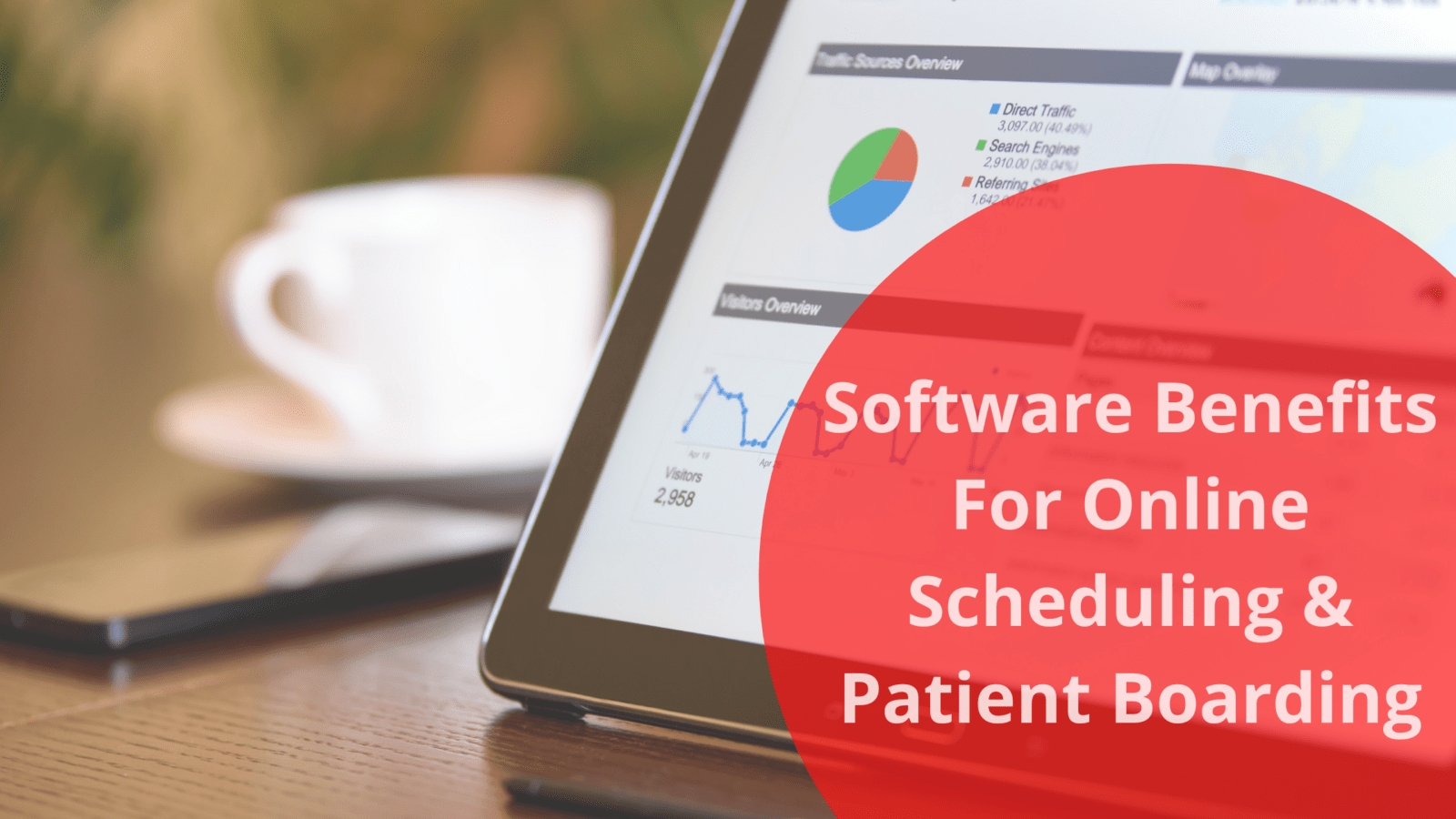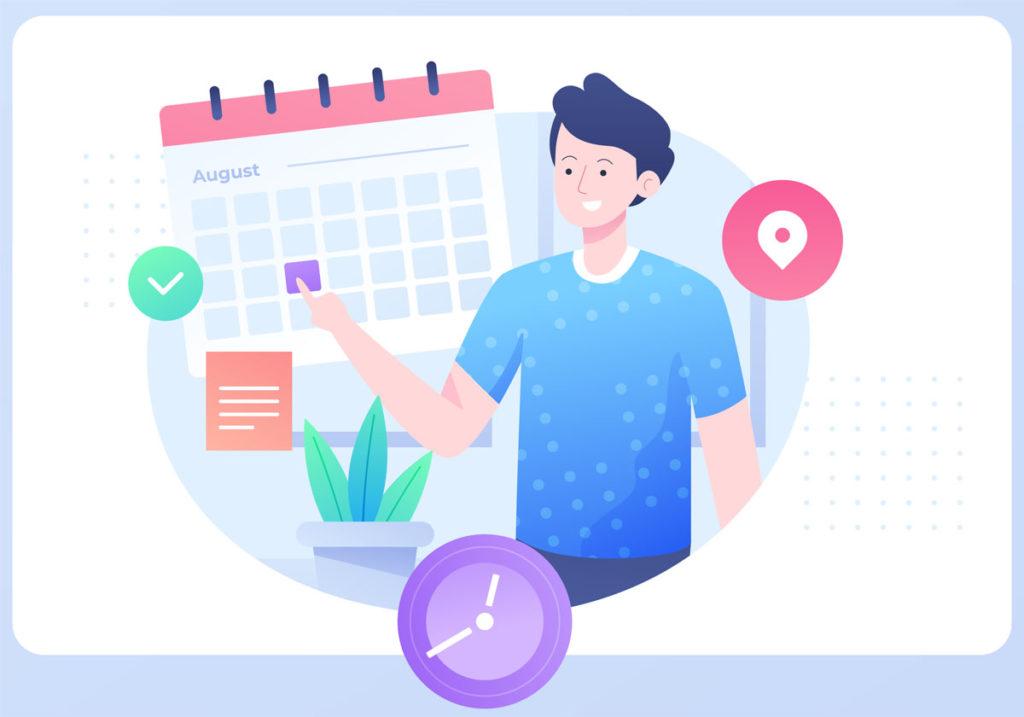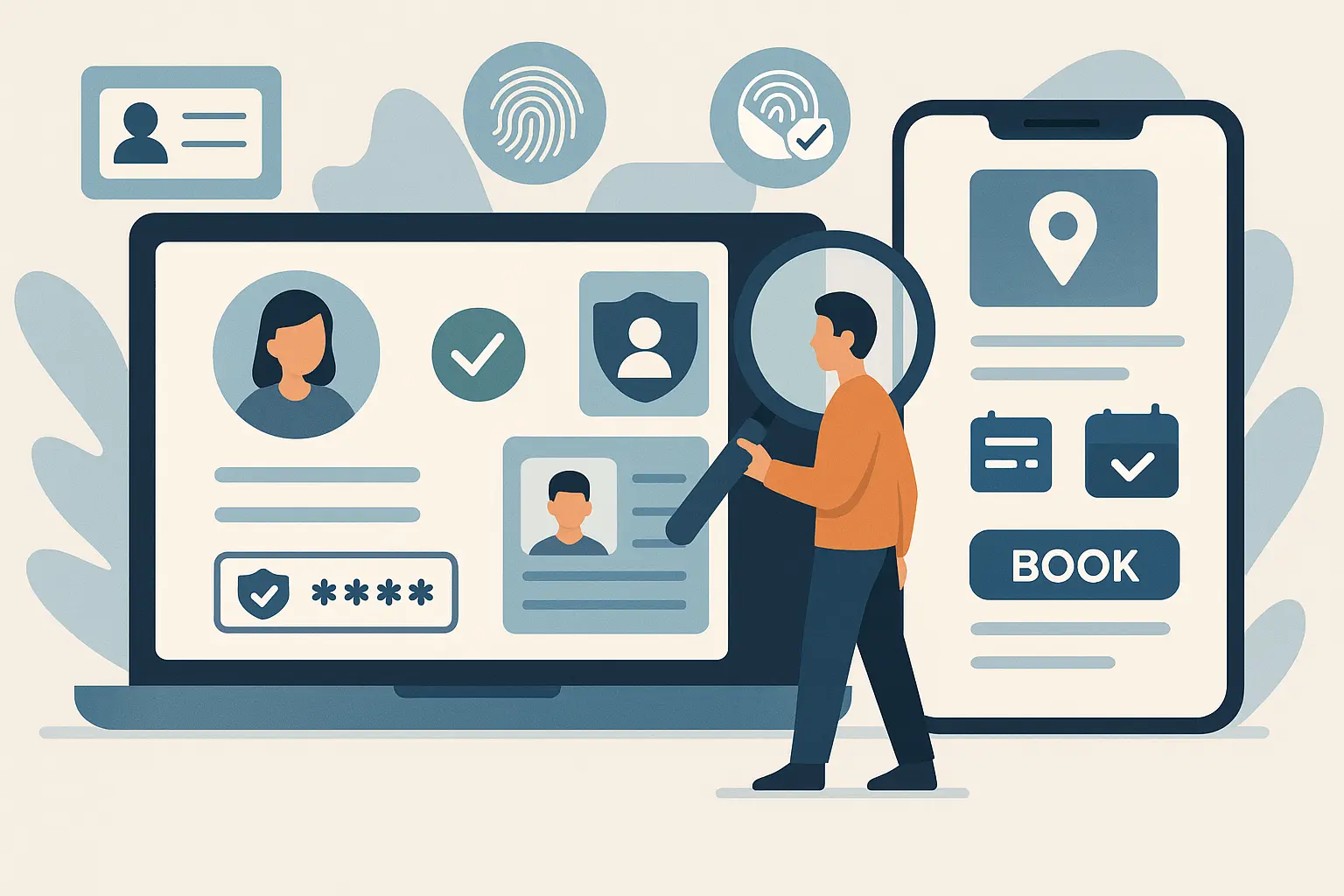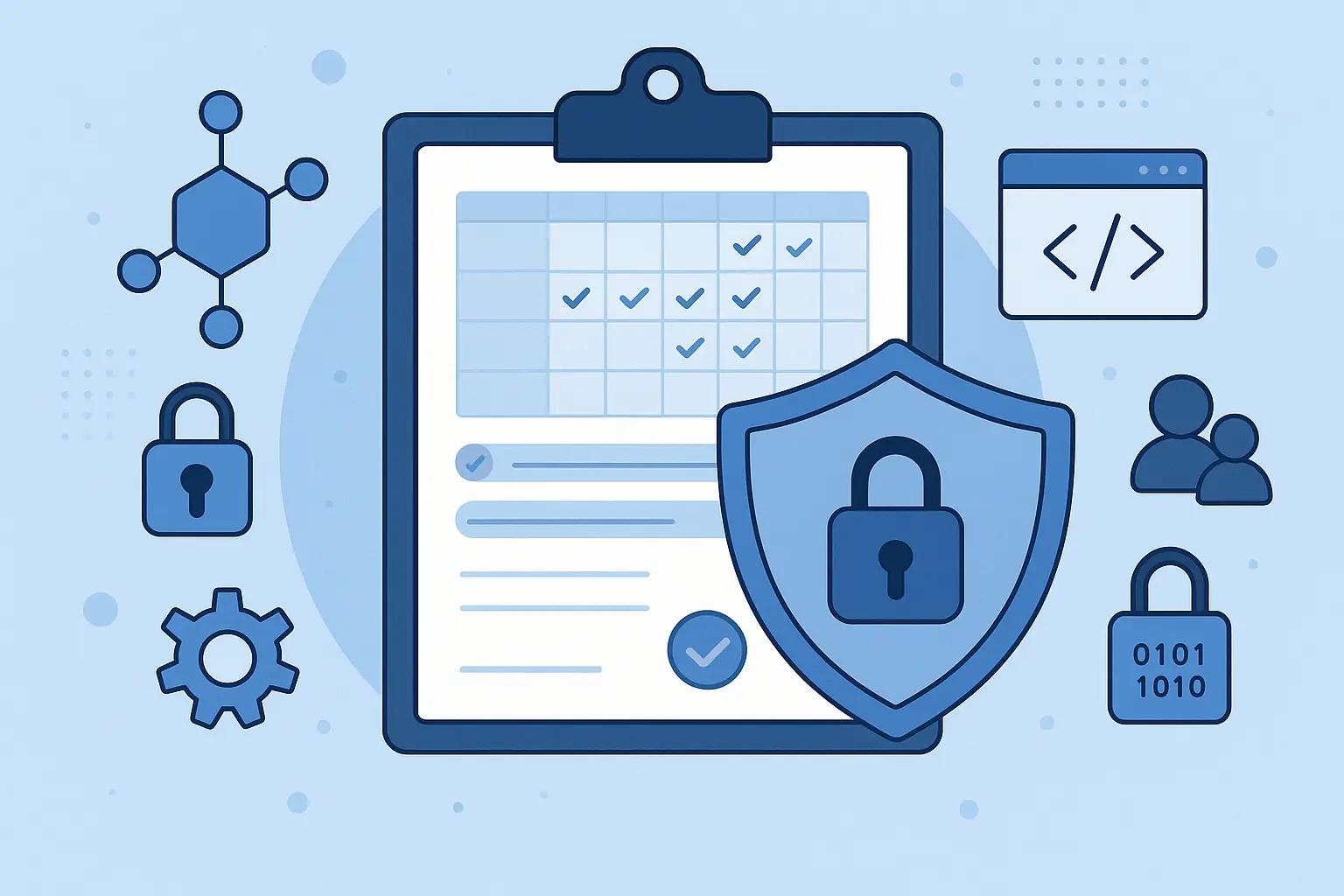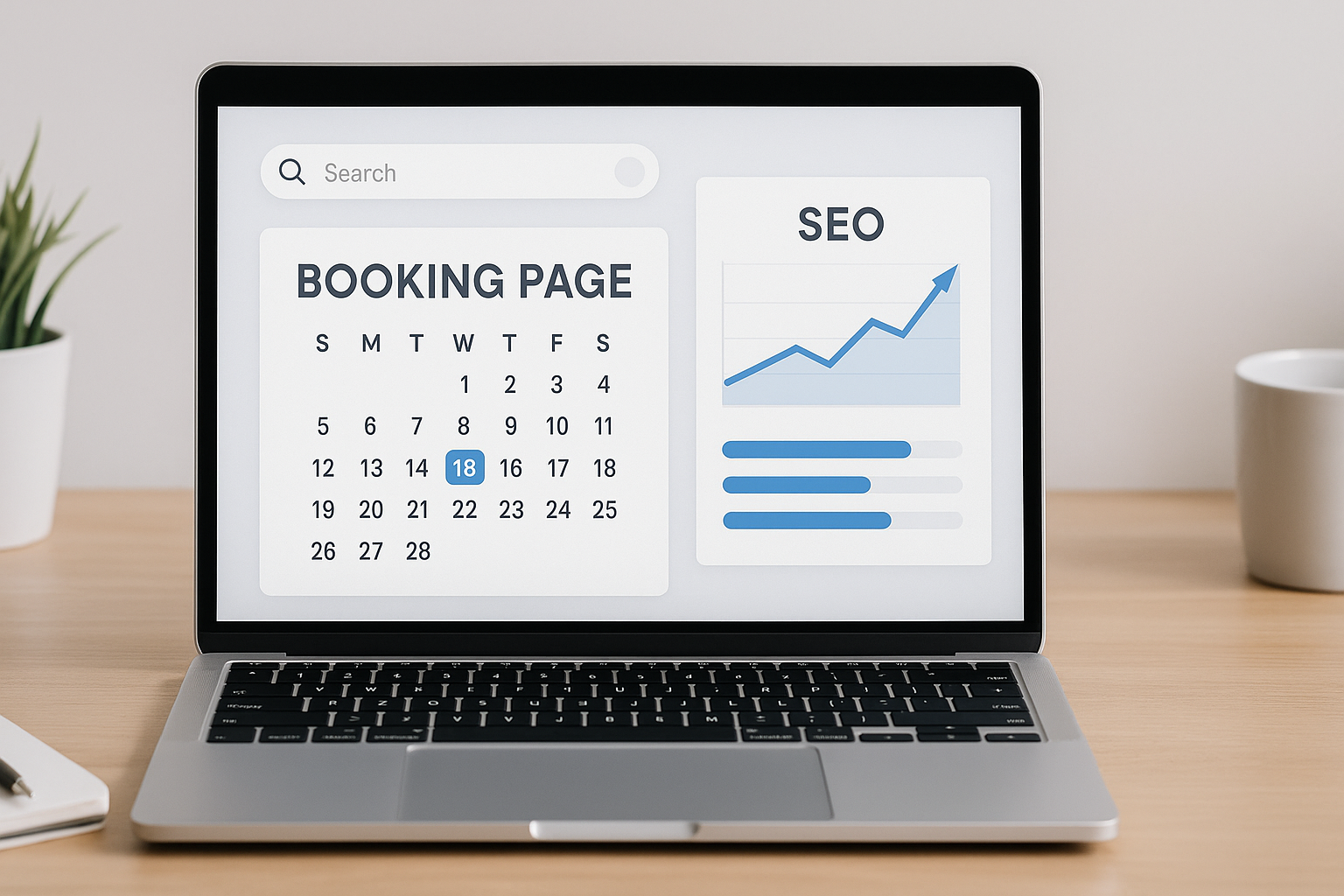Time is of the essence. This could not be truer for individuals whose tasks require time organization, but this is a phrase particularly and closely intertwined with medical health practitioners and their patients – for obvious reasons.
The concept of time in a physician’s clinic comes down to the last nanosecond and its delay can mark the difference between a serious complication and a patient that has been well taken care of. With the chaos that is a norm to hospitals and clinics alike, the introduction of software systems that offer online scheduling and planned patient boarding can truly transform the lives of practitioners and the care they can offer; almost making it a necessity for success and proper patient management.
To learn more about the benefits of this software when applied to healthcare systems, for both online scheduling and patient boarding purposes, please continue reading below.
Online Scheduling Benefits
The use of software in healthcare management systems comes with numerous benefits and added value that could otherwise not be replicated by any other means. The advantages they provide in online scheduling models are listed below:
Increased Efficiency
Whether the software system is being used in a large hospital or a private clinic, increased efficiency has been observed in practices utilizing scheduling software. This happens due to reduced paperwork, less time spent on regular staff desk tasks (such as making calls), and networked systems allowing streamlined actions (for example follow-ups, sending emails, handling insurance, etc.).
Reduced Administrative Costs
With so many of the usual tasks becoming less time-consuming, hours can be reduced from staff schedules, leading to reduced administrative costs. When the majority of the clinic’s systems have been automated by software, the result is increased efficiency coupled with reduced costs.
Pre-Visit Patient Encounter
The option of patients being able to set up their appointments via the system allows desk staff and medical health practitioners to get to know their patients, understand their ailments and be better prepared before the patient visits the physician. Whether the patient needs a prescription or wants to know a tooth implant cost, future tasks can be managed and queries can be readily answered. This level of patient care improves patient satisfaction and reduces stress/time for the practitioner.
Better In-Patient Management
After a patient has been consulted, the next required tasks and standard operating procedures – including prescriptions, surgeries, follow-ups, and reviews – can easily be scheduled and marked in the system, making certain that these important dates and times are never missed, and making errors nearly impossible.
Increased Capital Potential For Practitioners
With online scheduling software laying out a clear and timely plan for not just the day, but also weekly and monthly, practitioners have more control over their routines and ultimately their lives – naturally reducing stress and opening up room for being able to choose and increase the number of patients seen.
Investment in something as an online scheduling system can increase a practice’s revenue in the long term by reducing administrative costs, increasing the number of visiting patients, reducing errors and mistakes that can be costly, and by providing a better standard of care that people are willing to pay more for.
Patient Boarding Benefits
The benefits are somewhat overlinked between online scheduling and patient boarding. A few aspects primarily based on patient boarding benefits are mentioned below:
Pre-Visit Patient To Inpatient
Since all the information has already been made available to the healthcare practice, time spent on changing the individual’s status to ‘inpatient’ is virtually a single click process, resulting in negligible chances of errors pertaining to sensitive data such as medical, drug, and social history, whilst also reducing the patient’s waiting time after entering the doctor’s office.
Inpatient Problems
A common and consistent problem in all healthcare offices is an influx of patients that enter the emergency department without being properly catered to, and even given access to emergency facilities once entered into the medical system. This means no hospital beds, no IVs, no hospital rooms, and no operating theatres for many patients that are now put in limbo – leaving both patients and staff perplexed and frustrated. With patient boarding software systems, a clear and visual picture of the availability of all these resources can be assessed and assigned before a patient has been admitted. Additionally, robust patient care reporting software can help healthcare providers track and document patient interactions seamlessly, improving both care coordination and operational efficiency.
In this case, patients are given what they need as soon as possible, and if there is a shortage of any one of these things, patients can be immediately referred to neighboring hospitals for their critical care, ultimately saving lives.
Inpatient To Outpatient
Keeping track of patients once in the healthcare facility – and particularly in the emergency department – can be impossible, as it usually requires extra effort and physical confirmation. Using patient boarding software systems means a patient’s whereabouts within the facility are always known, and predictions of new admissions can be made accurately. This can extend further to being able to keep up with their health and condition even after they’ve left the emergency department, in case that’s required.
Reaching Potential Patients
Online chat app features, patient portals, and marketing outreach through various social media platforms, emails, and websites can bring in patients from a greater radius than that the clinical practice physically provides. Some consultations can even be carried out through software linked to video-calling services (such as Zoom etc.) before requiring the patient to visit in person.
Patient Boarding Information
From a clinical performance perspective, information and data regarding patient consultations, timings, appointment lengths, days of admission, number of patients boarded, and patient feedback offers useful data that can be analyzed and reviewed in an attempt to further improve clinical performance and revenue.
Software Systems Are The Future
Inevitable in the era of computers and technology, there is no future without them and there is no progress without software. Improving usage and expanding implementation to all fields of service is a natural succession of events. With customized software and new updates readily available, each one a better version than the one before, being able to provide optimal care directly translates into better performance. Software systems for online scheduling are almost synonymous with any form of desk services and more so with people handling. It is better to be ahead and grow than try to catch up with time, and these systems offer exactly that.
Several Mobile Device Management (MDM) software extend kiosk management capabilities which enable not only online scheduling and patient onboarding, but several other benefits including easy check-ins, feedbacks, patient monitoring, telehealth kiosks and much more.


